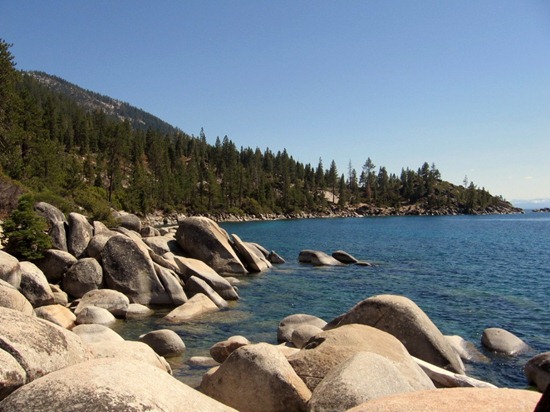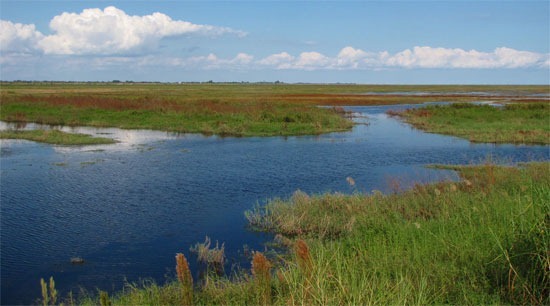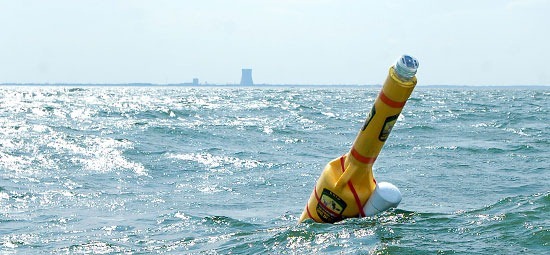Higher Levels A Catch-22 for Lake Okeechobee
0
Lake Okeechobee, as seen from the International Space Station. (Credit: NASA, via Wikimedia Commons)
Runoff from agriculture and other sources has affected Lake Okeechobee’s water quality, just like other lakes in the United States. But the largest lake in the U.S. Southeast has a bigger problem.
The usually shallow Okeechobee, with an average historical depth of nine feet, has a depth currently more than 14 feet. Its levels have swollen in the past few years due to more frequent rain. The U.S. Army Corps Jacksonville District, which manages many of the locks, spillways and other water-control structures in South Florida, releases some of the nutrient-filled water, which diminishes water quality in estuaries of the Caloosahatchee, Indian and St. Lucie Rivers.
The choice to release the water is grim, but the alternative is to test the strength of the Herbert Hoover Dike that spans 143 miles, protecting large swaths of farmland. That land is vital to Florida’s sugar cane industry and holds several towns, so risking it is off the table. The dike is old, and undergoing repairs – the Army Corps is continuing efforts to have them finished by 2030.
But what about the nutrient-rich water? Many environmental groups would like to see the farmland, which was once part of the Everglades, converted back to wetland. The land would naturally serve as a filter, cleaning out many of the pollutants affecting Lake Okeechobee’s health. With more land to drain to, the high water levels could potentially be reduced.
A plan proposed by Florida Governor Rick Scott would have done just that, according to the New York Times, sending water from Lake Okeechobee under several bridges to be completed over the Tamiami Trail. The plan fell through, however, when the state ran into economic troubles in 2010 and couldn’t acquire needed land.
Florida and the U.S. Army Corps are enacting restoration strategies to better the health of Lake Okeechobee, the Everglades and surrounding rivers and watersheds. According to the Lake Okeechobee Protection Plan (last updated March 2011), chemical treatment systems, manmade wetlands, as well as permeable, contaminant-trapping barriers have been used to treat water leaving the lake. Large areas of land, thousands of acres in size, have been set aside for water storage or treatment.
But Lake Okeechobee’s levels are still too high. The Herbert Hoover Dike is not meant to withstand water levels greater than 18 feet, so releases continue to protect those living near the lake. The nutrient-rich water is then no longer a danger to residents, but a danger to ecosystem health downstream.













